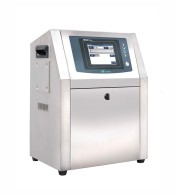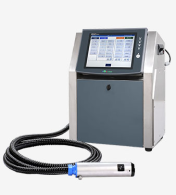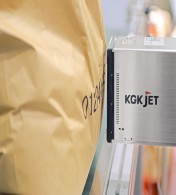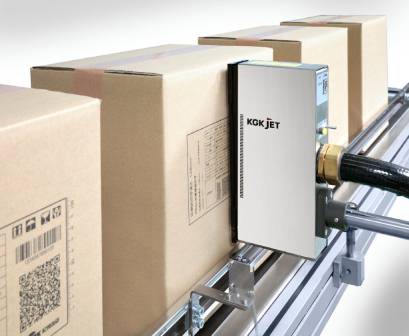KGK Jet CIJ, DOD, and Laser Marking Technologies: Enhancing Serialization and Traceability in Pharmaceutical Packaging
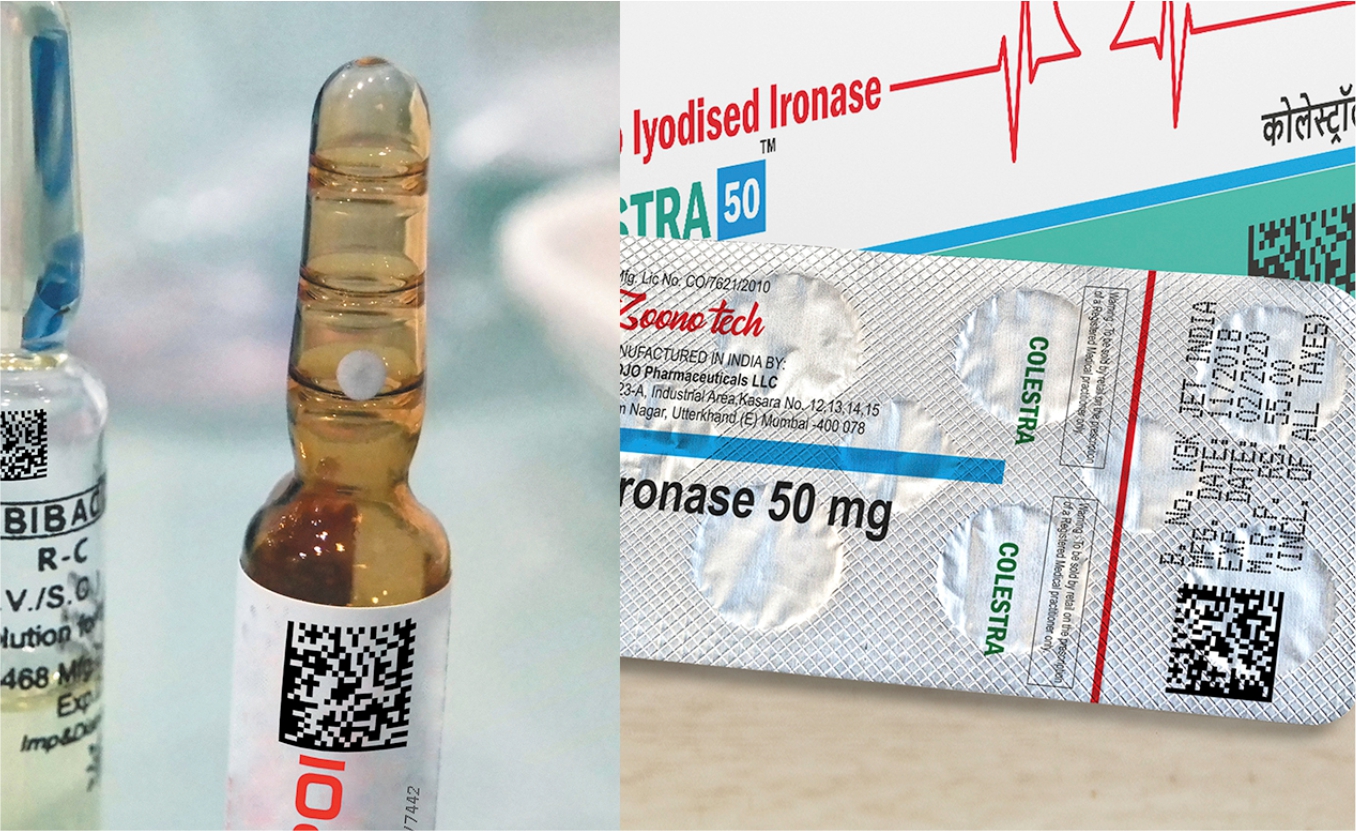
Serialization and Traceability are vital for the
pharmaceutical packaging industry to ensure product safety, regulatory
compliance, and to combat counterfeiting. Technologies like Continuous Inkjet, Drop on Demand (DOD), and Laser marking, offered by companies like KGK
Jet, play a crucial role in supporting these processes.
Here’s how each technology contributes to serialization and
traceability:
1. Continuous Inkjet (CIJ)
- Technology:
CIJ uses a continuous flow of ink droplets to mark packaging materials.
This non-contact method is fast and ideal for high-speed production lines.
- Contribution
to Serialization:
- High-Speed
Coding: CIJ printers can print serial numbers, barcodes, and batch
information at high speeds without slowing down the production line,
which is critical in pharmaceutical packaging.
- Versatile:
CIJ works on various substrates like glass, plastic, metal and paper,
ensuring traceability across different types of pharmaceutical packaging.
- Small Character Printing: CIJ is ideal for printing small, clear characters on compact packages, blister packs, or vials.
- Advantages of KGK Jet CIJ Technology:
- Suitable
for high-volume, high-speed production lines.
- Small
footprint ideal for clean room environment.
- Provides
durable, legible marks on different substrates.
2. Drop on Demand (DOD)
- Technology:
DOD printers release ink droplets only when required, making it highly
efficient for precise marking. This method is also non-contact, but with
more controlled droplet placement compared to CIJ.
- Contribution
to Serialization:
- Precision
and Flexibility: DOD can print variable data, including unique serial
numbers, 2D codes, and lot numbers, with high precision. This supports
the requirement for unique identifiers in the pharmaceutical supply
chain.
- High-Resolution
Printing: 600 DPI high-resolution printing with height up to 520mm makes
DOD ideal for placing scannable barcodes, QR codes, and detailed product
information directly on packaging.
- Print
for ruff use: DOD oil based ink withstand dust, prolonged sun light
and resistance to moisture.
- No
Labels: DOD carton coding eliminate labels, provide more secure &
efficient printing directly on cartons.
- Advantages of KGK Jet DOD Technology:
- Excellent
for small to medium-sized batches.
- Reduce
inventory of pro-printed cartons.
- Provides high-quality printing of complex data on a range of substrates.
3. Laser Marking
- Technology:
CO2, UV and Fiber Laser marking as per substrate is preferred permanent,
contact-free method for pharmaceutical products & packaging.
- Contribution
to Serialization:
- High-Speed
Coding: Laser marking and coding can efficiently apply serial
numbers, barcodes, and batch information at high speeds, maintaining
production line efficiency without causing any slowdowns.
- Permanent
and Tamper-Proof Marking: Laser marking creates indelible codes that
cannot be erased or tampered with, which enhances product security and
compliance.
- High
Durability: Since no ink is used, laser-marked codes remain intact
even in harsh environments (e.g., high temperatures, moisture), ensuring
traceability through the product's lifecycle.
- Detailed
Data: Laser marking can create highly detailed, machine-readable
codes like 2D Data Matrix or QR codes that are essential for
track-and-trace systems.
- Advantages of KGK Jet Laser Marking Technology:
- No
need for consumables like ink or solvents.
- Permanent marking that is resistant to fading and tampering.
How They Support Serialization and Traceability in Pharma
- Regulatory
Compliance: CIJ, DOD, and Laser marking technologies help
pharmaceutical companies comply with regulatory frameworks like the India Central
Drugs Standard Control Organisation (CDSCO), US Drug Supply Chain
Security Act (DSCSA) or EU Falsified Medicines Directive (FMD).
These regulations require serialized packaging for full traceability
throughout the supply chain.
- Anti-Counterfeiting:
By ensuring unique, traceable codes on every product, these technologies
help combat counterfeiting and ensure only authentic drugs reach
consumers.
- Supply
Chain Visibility: Serialization codes, such as unique serial numbers
or 2D Data Matrix barcodes, help track products at each stage of the
supply chain, from manufacturing to end-use, improving overall visibility.
- QA
& Recall Efficiency: Ensuring customer safety as well product
recall, serialized packaging allows for faster identification of affected
batches, ensuring patient safety and reducing financial losses.
Conclusion
In the pharmaceutical packaging industry, CIJ, DOD, and Laser marking technologies offered by companies like KGK Jet are indispensable tools for ensuring serialization and traceability. Their ability to print unique, scannable codes and batch information on a wide variety of substrates at high speeds, while maintaining precision and durability, makes them ideal solutions for meeting the strict regulatory and safety demands of the sector.
Subscribe to our newsletter and receive a selection of cool articles every weeks
The Latest
Tough Environments Strong Codes KGK Jet CIJ and Laser Printers for Agrochemical Packaging
09 June 2025
![]() 2 minute read
2 minute read
How KGK Jet CIJ and Marking Laser Technology Stay Aligned with Food Packaging for Products with Short Shelf Life
11 September 2024
![]() 2 minute read
2 minute read
